


Inexpensive test is non-invasive and based on detection of bladder cancer biomarkers in urine.
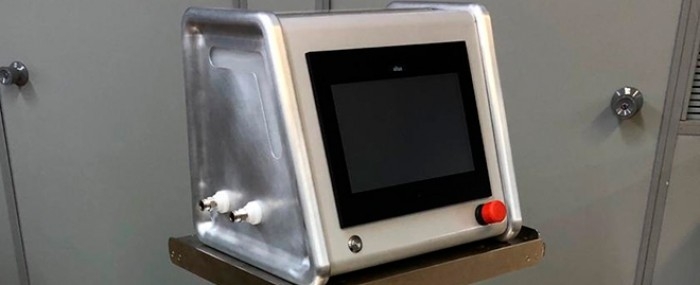
Machines designed and prototyped by Setup Automação with PIPE-FAPESP’s support could come to market costing 25% less than currently available devices.

Resonant-tunneling diodes are used in high-frequency oscillators, wave emitters and detectors, logic gates, photodetectors, and optoelectronic circuits. The study was a collaboration between Brazilian and German researchers.
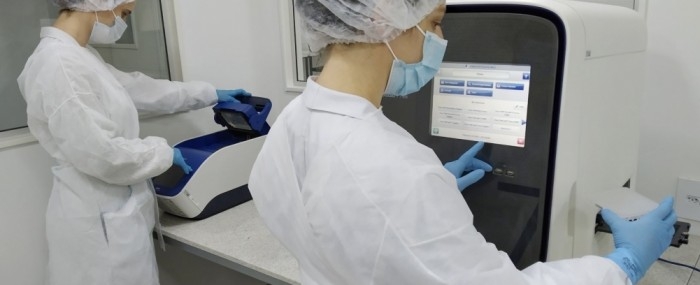
By means of specific biomarkers, a diagnostic test developed by the Brazilian startup Onkos shows whether a lump in the gland is benign or malignant, reducing the risk of unnecessary surgery.
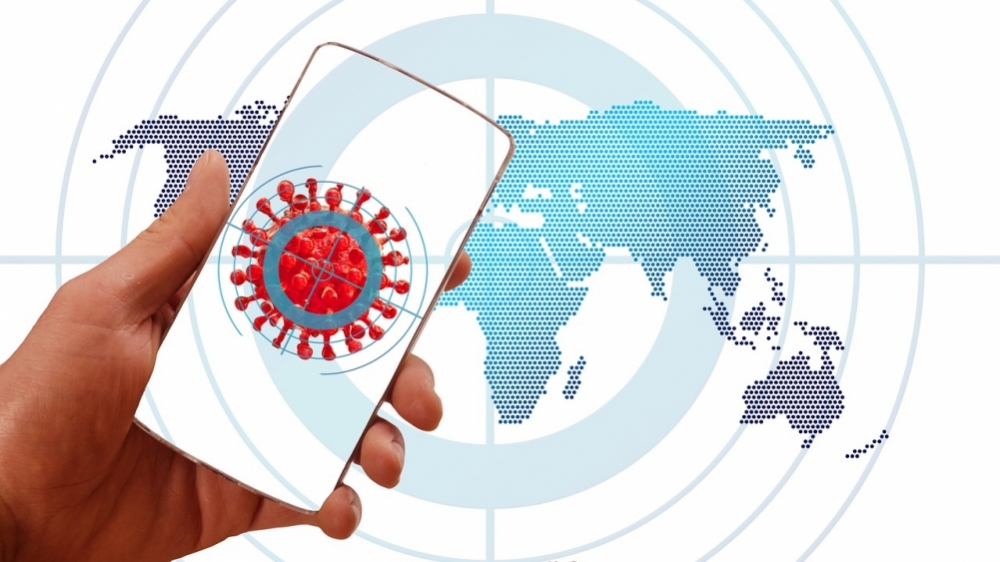
The platform developed by researchers from Brazil and Chile lets users view geolocation of cases, deaths and vaccinations over time.

A method created in Brazil by the Human Genome and Stem Cell Research Center could be used for large-scale production of livers for transplantation.

Extracorporeal membrane oxygenation (ECMO) can keep patients alive until the disease recedes.
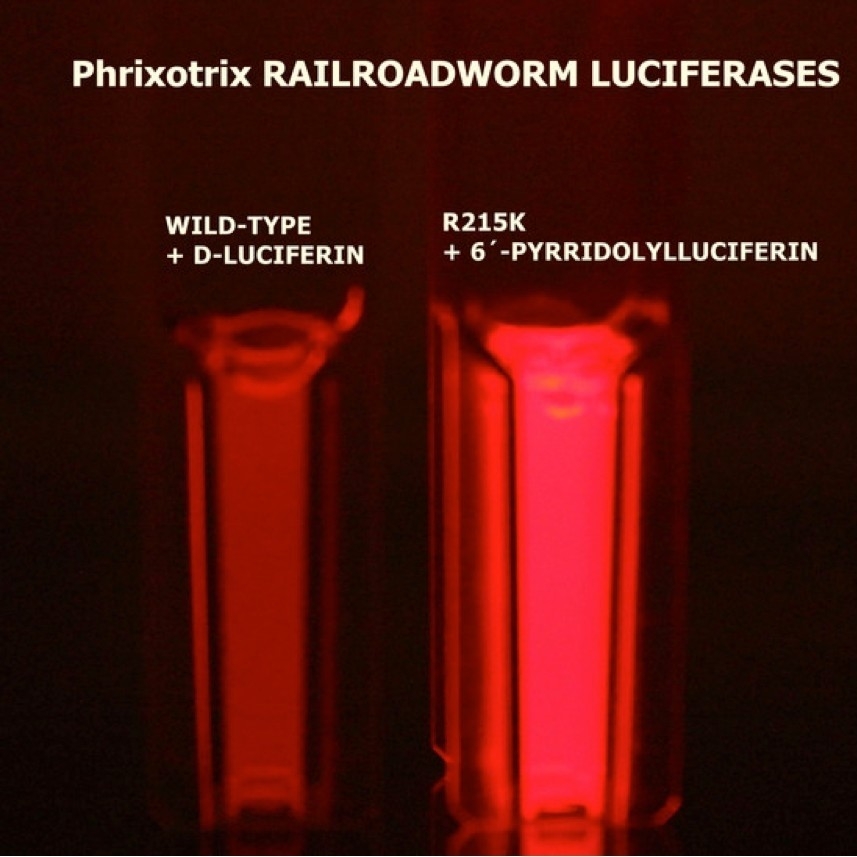
Luciferin-luciferase system developed in collaboration with Japanese researchers produces brighter and longer-lasting far red light. The innovation can be used to image cells and tissues for diagnosis and biomedical research.
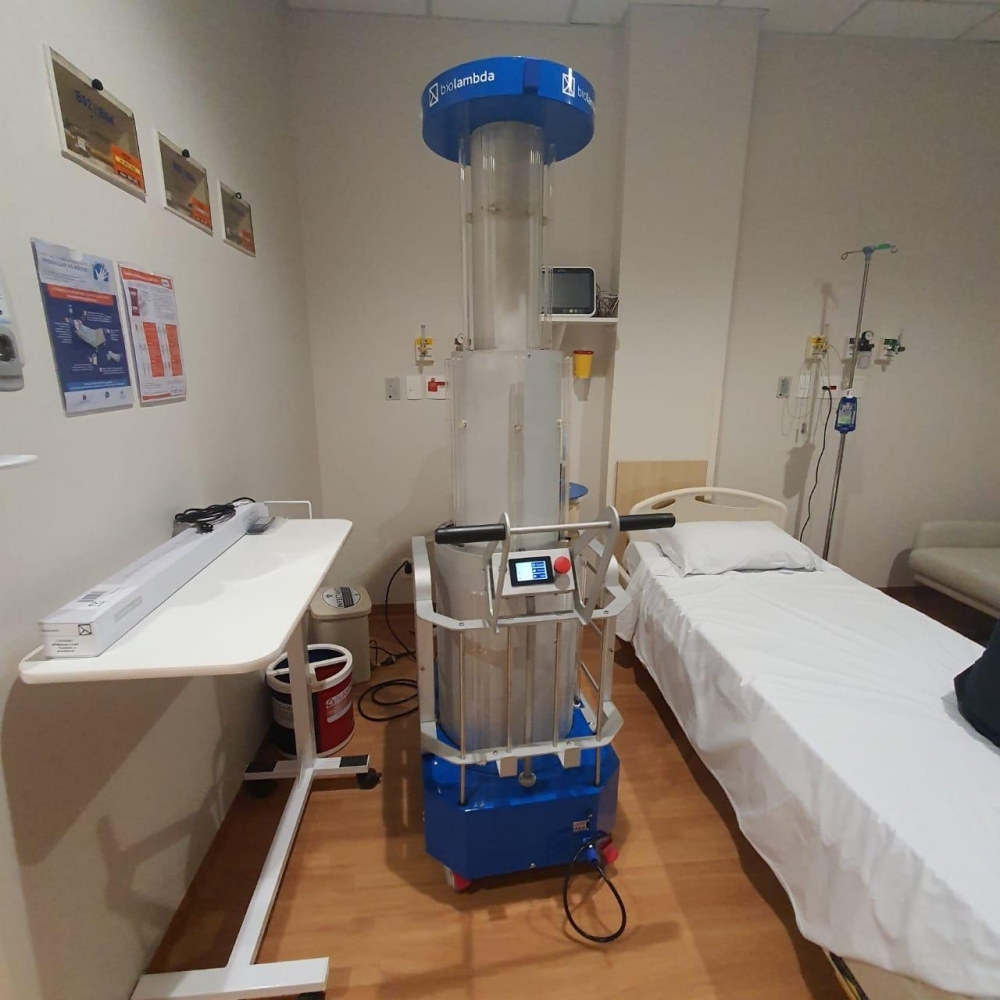
The technology uses ultraviolet-C, which can inactivate the novel coronavirus. Startup BioLambda was supported by FAPESP and partnered with the Albert Einstein Jewish-Brazilian Hospital in São Paulo.
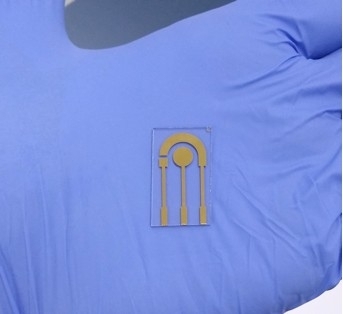
Brazilian researchers tested the capacity of different materials to produce sensors for the detection of PCA3, a gene that is overexpressed in prostate cancer. The technique can also be used to diagnose infectious diseases, including COVID-19.
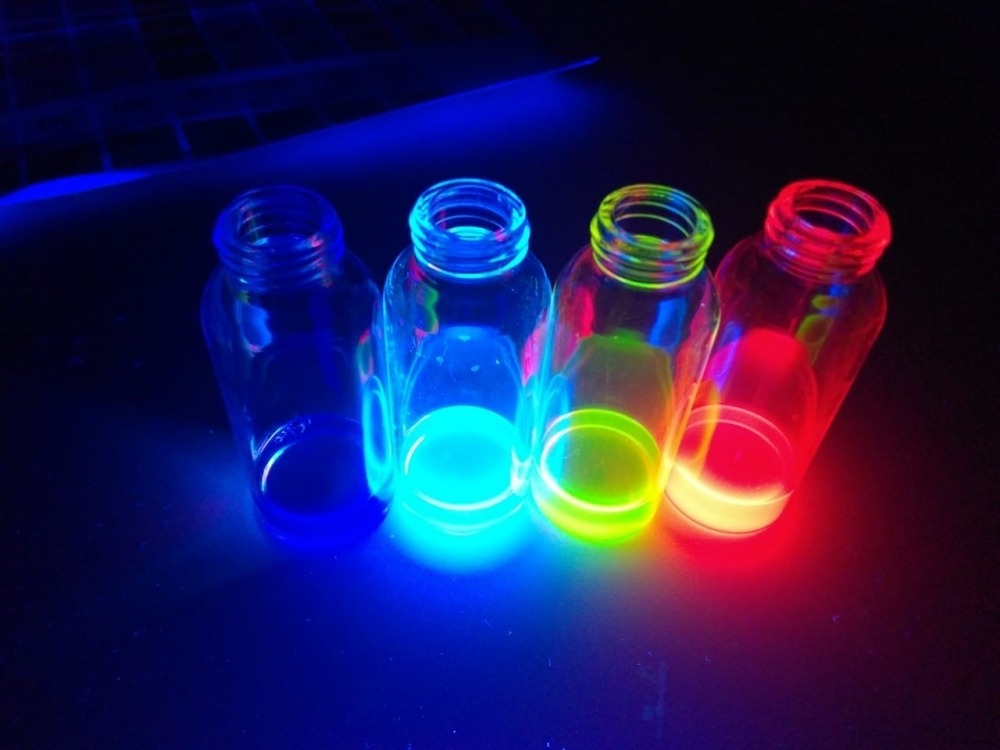
Study conducted at University of Campinas in collaboration with University of Michigan explains nanoscale physics of this manmade material in article published in Science Advances.
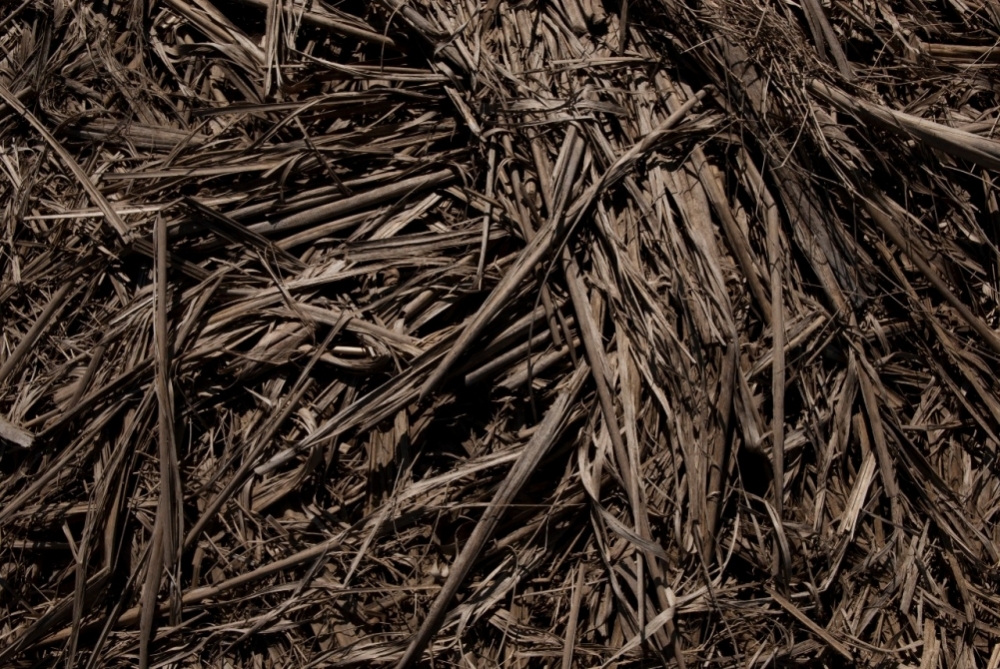
Agricultural residues already produce 25% of the electricity used by households in the state. The proportion could jump to 70%, according to researchers who took part in an online seminar on the topic.
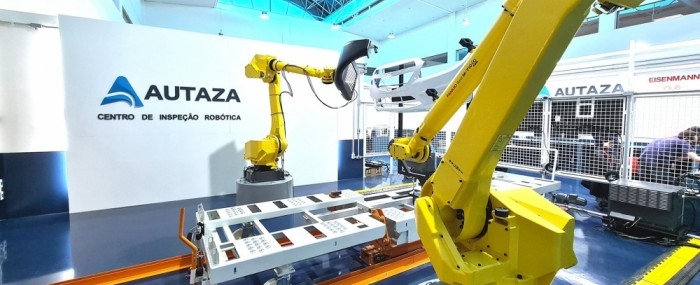
Operating in the São José dos Campos Technology Park, Autaza’s RIC has an optical system for automotive paint quality inspection using computer vision and artificial intelligence.

Study by researchers at the University of Campinas published in Physical Review Letters discusses both light dispersion by vibrations inside the device and light dissipation to the exterior, an aspect rarely studied hitherto.

According to a paper by Brazilian researchers published in Nano Today, the spatial arrangement of proteins on the surface of SARS-CoV-2 assures highly efficient interaction with target receptors on human cells.
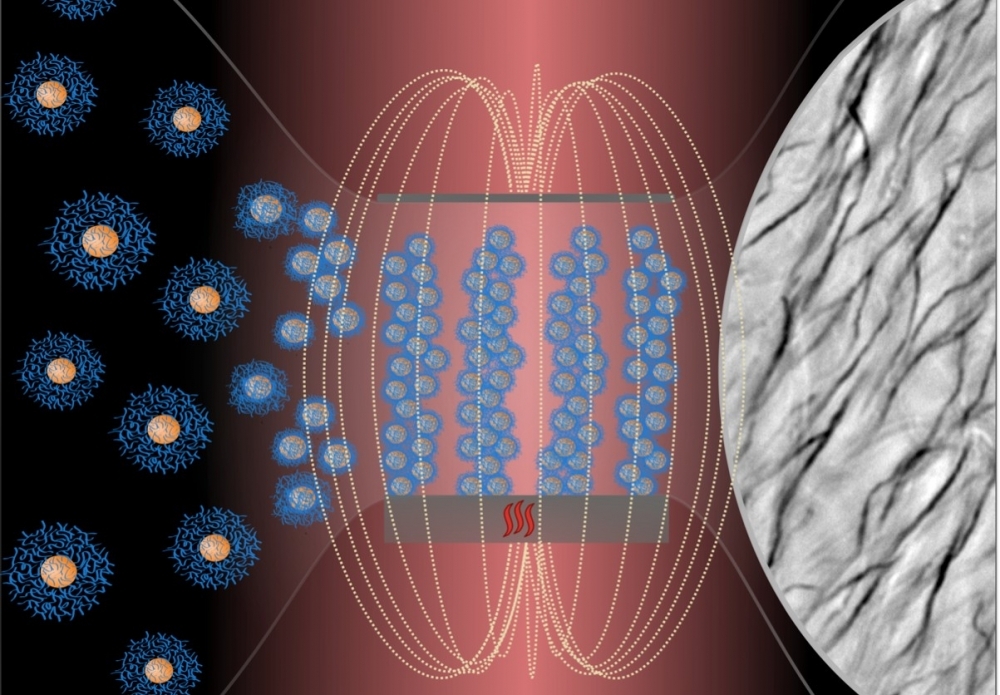
Filaments made of polymer-coated iron oxide nanoparticles are obtained by exposing the material to a magnetic field under controlled temperature. The applications are myriad and include transporting substances into cells or directing fluids.
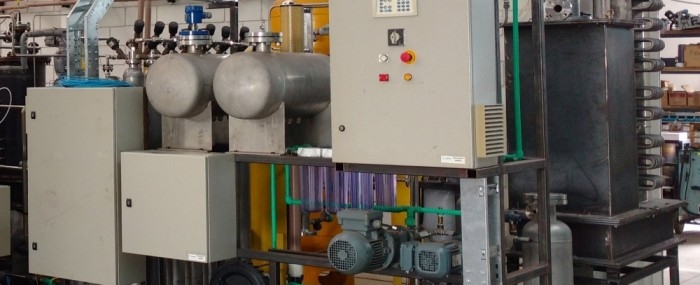
With FAPESP’s support, Hytron has developed a containerized solution for hydrogen production via ethanol reforming that eliminates the need for shipping by tanker trucks. The equipment can supply the gas to factories and vehicle service stations.
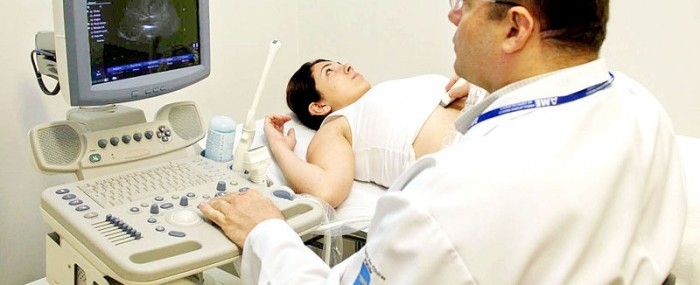
Technology to manage hospital flows is being tested by health units in metropolitan São Paulo.

Developed at an Engineering Research Center supported by FAPESP, the novel spectroelectrochemical cell can be used to study the behavior of electrolytes and catalysts by means of X-rays and infrared or even visible light.
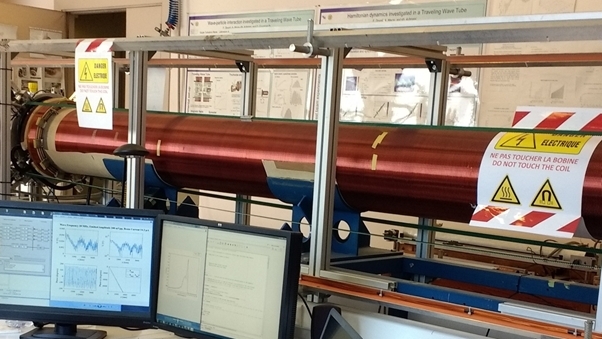
The study could help upgrade satellite communications equipment.
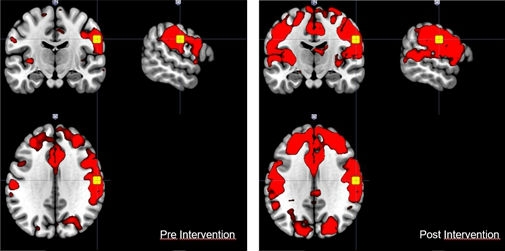
A study performed at one of the Research Centers supported by FAPESP resulted in development of a novel rehabilitation device. The article was recognized as outstanding by the 20th International Conference on Computational Science and its Applications.
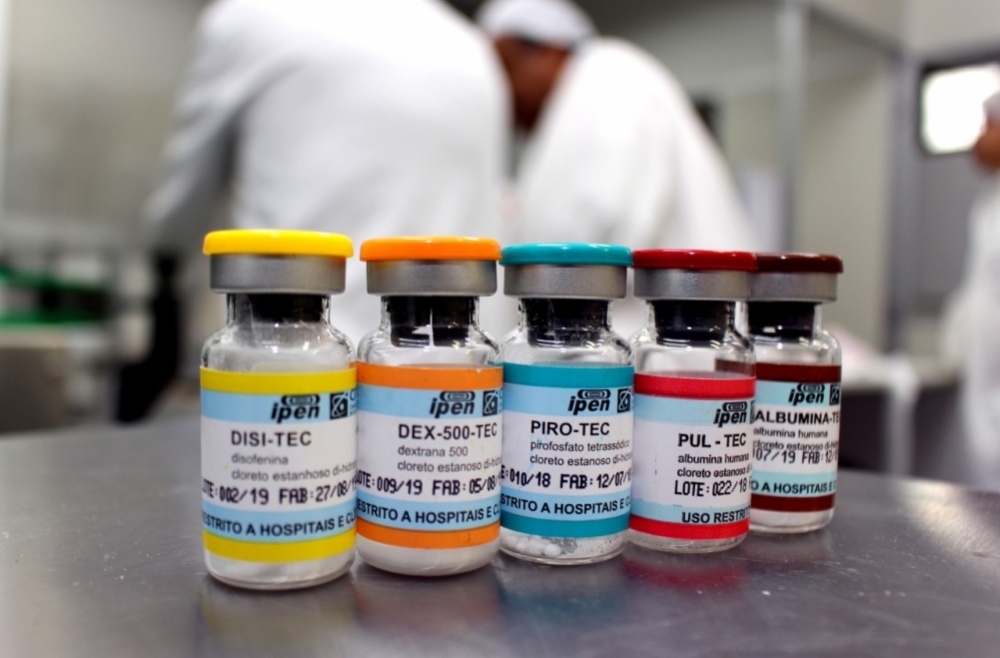
With FAPESP’s support, the Nuclear and Energy Research Institute is assembling a world-class laboratory that associates nanotechnology with radiopharmacy. The aim is to develop new products, mainly for cancer treatment.
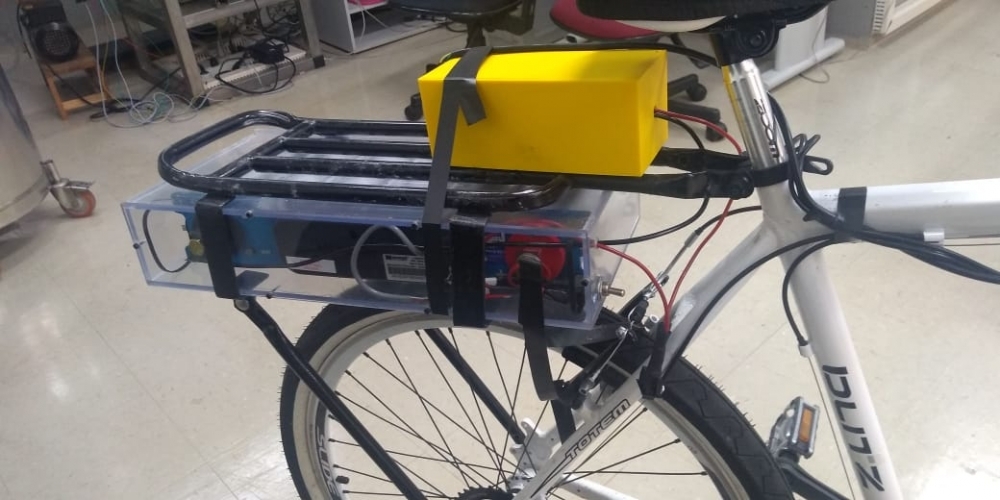
Study by FAPESP-Shell Engineering Research Center hosted at University of Campinas set out to develop supercapacitors that store more energy and batteries that charge faster.

In laboratory tests, the material eliminated 79.9% of SARS-CoV-2 particles in three minutes and 99.99% in up to 15 minutes.

Model developed by startup supported by FAPESP enables scientists to assess efficacy and safety of sunscreens and anti-aging products under conditions closely resembling real life.